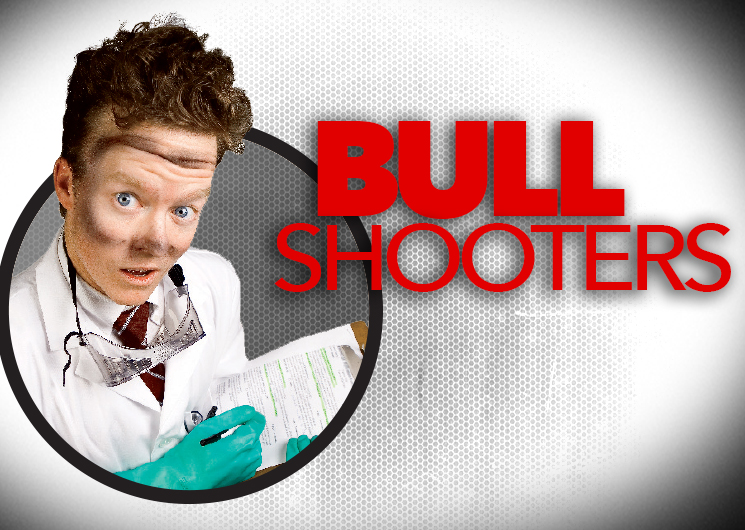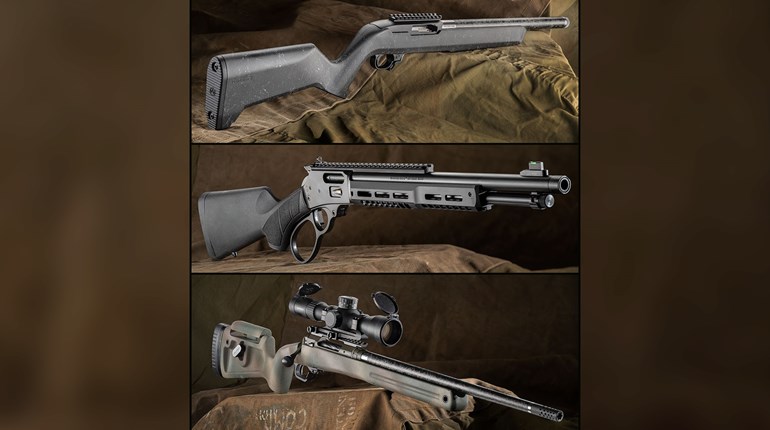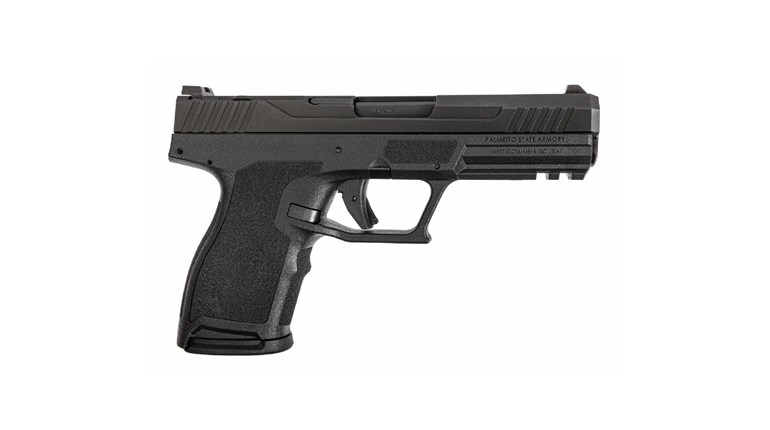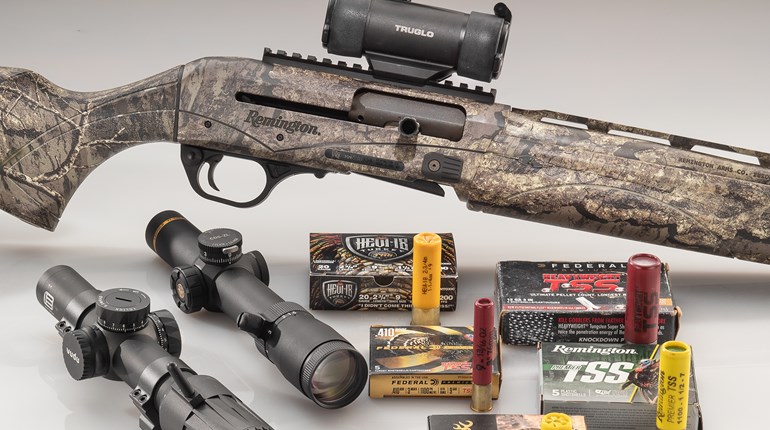
The Background
I got an email from a reader who was looking to order a CDS dial from Leupold, which requires certain information (including altitude, temperature, etc.). He was concerned about what temperature to provide them. What if his dial said 80 degrees Fahrenheit and he was hunting in 40-degree weather?
The Question
What effect does temperature have on a bullet’s impact at reasonable hunting distances?
The Data
We’ll take a fairly common hunting round, the .270 Winchester with a 130 gr. TTSX bullet. The Barnes Vor-Tx factory load advertises a muzzle velocity of 3060 fps. Using the Hornady Ballistics Calculator, we will set the altitude, barometric pressure, and humidity at a constant (Sea Level, 29.53 hg, 78 percent) and adjust temperature to determine the variance.
Bullet drop
Distance (yards): 200 300 400 500
100 Deg F 2.8” 10.7” 24.6” 45.4”
80 Deg F 2.9” 10.9” 25” 46.3”
30 Deg F 3” 11.2” 26” 48.6”
0 Deg F 3” 11.5” 26.7” 50.3”
The Results
As you can see from the numbers, temperature has a minimal effect on bullet drop at reasonable hunting distances. All things being equal, bullets will drop more at lower temperatures, but the difference is negligible. (Note: Changes in temperature are often accompanied by changes in humidity and pressure that can give you different results)
The Ruling
Temperature is a non-factor for 98 percent of shots in big-game hunting. Even with a temperature swing of 50 degrees, the difference in point-of-impact is only an inch at 400 yards. I don’t know about you, but I can’t hold an inch at 400 yards under hunting conditions. If you’re ordering a custom dial, use a reasonable “average” temperature for the locales where you’ll be hunting and put it out of your head.





































